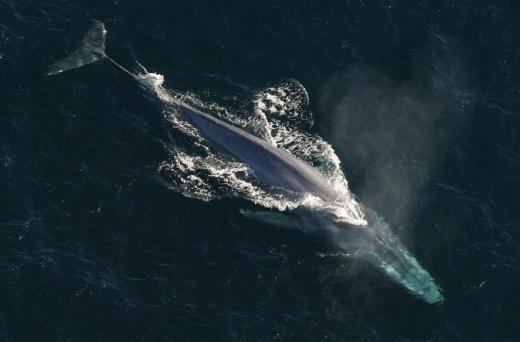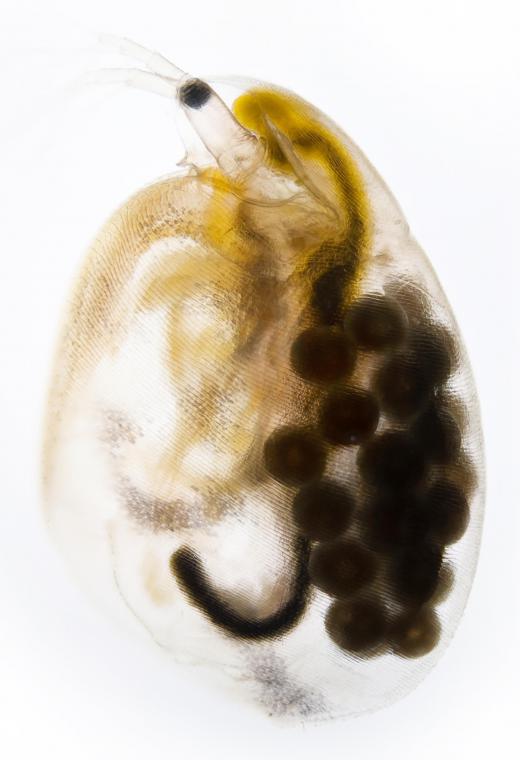What is a Filter Feeder?
 Michael Anissimov
Michael Anissimov
A filter feeder, also known as a suspension feeder, is any animal that obtains food by filtering water for nutritious particles. Examples of a filter feeder include mysids, flamingos, clams, krill, sponges and whale sharks. A filter feeder uses some mechanism, like a filter basket, or baleen (as in baleen and blue whales) to gather aquatic prey, usually plankton (a blanket term for small aquatic animals and plants) and siphon it to their mouths for consumption and digestion. Filter feeders engage in one of the four major types of feeding, the others being deposit feeding (eating particles in soil), fluid feeding (as in spiders and hummingbirds), and bulk feeding (as in humans and most other animals).
Filter feeding is a popular feeding mode among aquatic organisms because it requires little active effort: just float around and let the food particles come to you. Of course, there must be a critical concentration of food particles in the water, or the filter feeder will starve. Thankfully for filter feeders, the oceans are filled with gigatons of plankton at all latitudes. If an aquatic animal isn't a filter feeder, it has to be a bulk feeder or bottom feeder.

Filter feeders range from the very small (krill) to the very large (blue whale). Because a blue whale is the largest living animal, maybe even the largest animal that has ever lived, and it eats other animals for food using filter feeding, the blue whale is considered the largest living omnivore. The signature small filter feeder, Antarctic krill, rival human beings for the species with the greatest biomass on the planet. So as we can see, filter feeding can be a quite successful feeding strategy. Some filter feeders, like certain whales, may feed on other filter feeders.

Certain type of jellyfish have an interesting mechanism that they use for filter feeding. Using a fine web of tentacles, they catch small food particles. Then these tentacles slowly turn in a corkscrew motion to bring the prey to the jellyfish's mouth. As the jellyfishes tentacles contain stinging cells, they paralyze small prey on contact.
AS FEATURED ON:
AS FEATURED ON:













Discussion Comments
Has anyone else noticed that animals who feed in this way are often funny looking? The blue whale is a magnificent creature, but it looks like it has a permanent grin. Whale sharks and basking sharks start out looking relatively normal and then when they feed their face opens up to form a gigantic strainer. The process is fascinating, but they just look odd to me.
I did not realize that so many different species were filter feeders, or that sometimes one filter feeder may eat another. Usually when you see something on TV about filter feeders in the ocean, this they seem to focus on whales, especially the big ones like blue whales.
it was awesome Im 10 and i used this for a science project
Post your comments